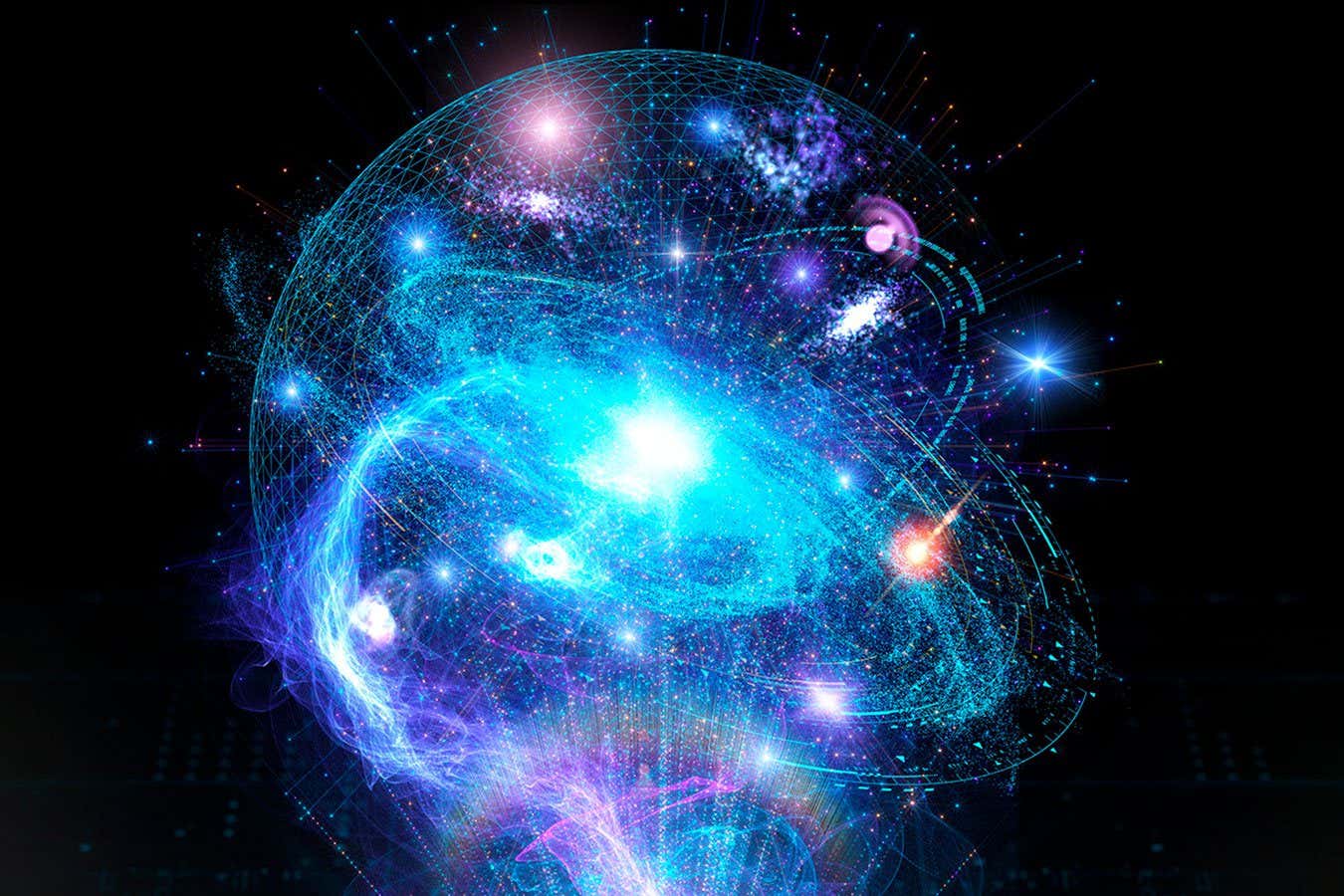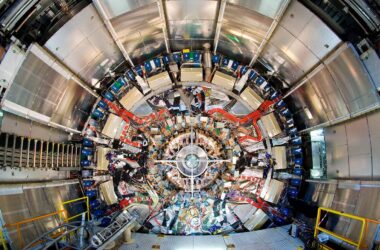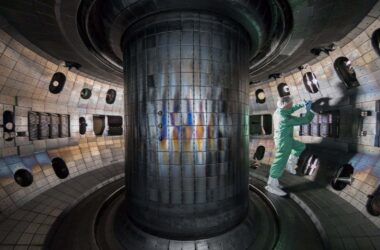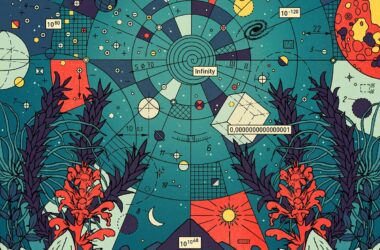In 1997, physicist Juan Maldacena proposed the idea that space-time, the fabric of the universe, is a hologram. At the time, this idea seemed wild and speculative, but today it is regarded as one of the most important breakthroughs in physics. The holographic universe concept addresses the mystery of quantum gravity, the unification of quantum physics and general relativity.
Although the holographic universe remains a mathematical conjecture and the model it applies to has a bizarre geometry, it has proven useful in solving difficult problems in particle physics and black holes. More importantly, physicists are making progress in demonstrating that the holographic principle applies to the actual universe we live in.
Maldacena was inspired by two separate branches of physics: string theory and black holes. String theory suggests that all particles are made up of tiny vibrating strings, and black holes are mysterious objects with a strong gravitational pull. By combining these ideas, Maldacena came up with the holographic principle.
To understand the holographic principle, imagine that everything we see and experience in our three-dimensional world is encoded on a two-dimensional surface. This surface, known as the holographic boundary, contains all the information about what happens within the universe. Like a hologram, where a three-dimensional object is projected onto a two-dimensional surface, the holographic principle suggests that our reality is a projection of information encoded on this boundary.
This idea has profound implications for our understanding of the universe. If our reality is a hologram, it means that the laws of physics that govern our world are derived from a simpler, lower-dimensional description. It also suggests that the universe we perceive is not the ultimate reality, but rather a projection of information from this boundary.
So far, the holographic principle has helped physicists solve puzzles about black holes. According to the theory, black holes are equivalent to hot, glowing objects known as holograms, which reside on the boundary of the universe. This duality allows physicists to understand the properties of black holes in terms of the holographic boundary, making calculations more manageable.
The quest to prove that our universe is a hologram is ongoing. Physicists are conducting experiments to test this hypothesis, such as studying the cosmic microwave background radiation, which is the afterglow of the Big Bang. If the universe is a hologram, it should exhibit certain patterns in this radiation that confirm the holographic principle.
While the holographic universe remains a fascinating concept, it is important to note that it is still a work in progress. Much more research and experimentation are needed to fully understand and verify this idea. Nevertheless, its potential to revolutionize our understanding of the nature of reality makes it a captivating subject for physicists and science enthusiasts alike.
Insights:
– The holographic universe concept, proposed by Juan Maldacena, is regarded as one of the most important breakthroughs in physics in recent decades.
– The holographic principle has helped solve difficult problems in particle physics and black holes.
– The holographic principle suggests that our reality is a projection of information encoded on a two-dimensional surface known as the holographic boundary.
– The holographic principle has profound implications for our understanding of the universe, challenging our perception of reality and the laws of physics.
– Physicists are conducting experiments to test the hypothesis that our universe is a hologram, such as studying the cosmic microwave background radiation.
– The holographic universe concept is still a work in progress, requiring further research and experimentation to fully understand and verify its implications.








